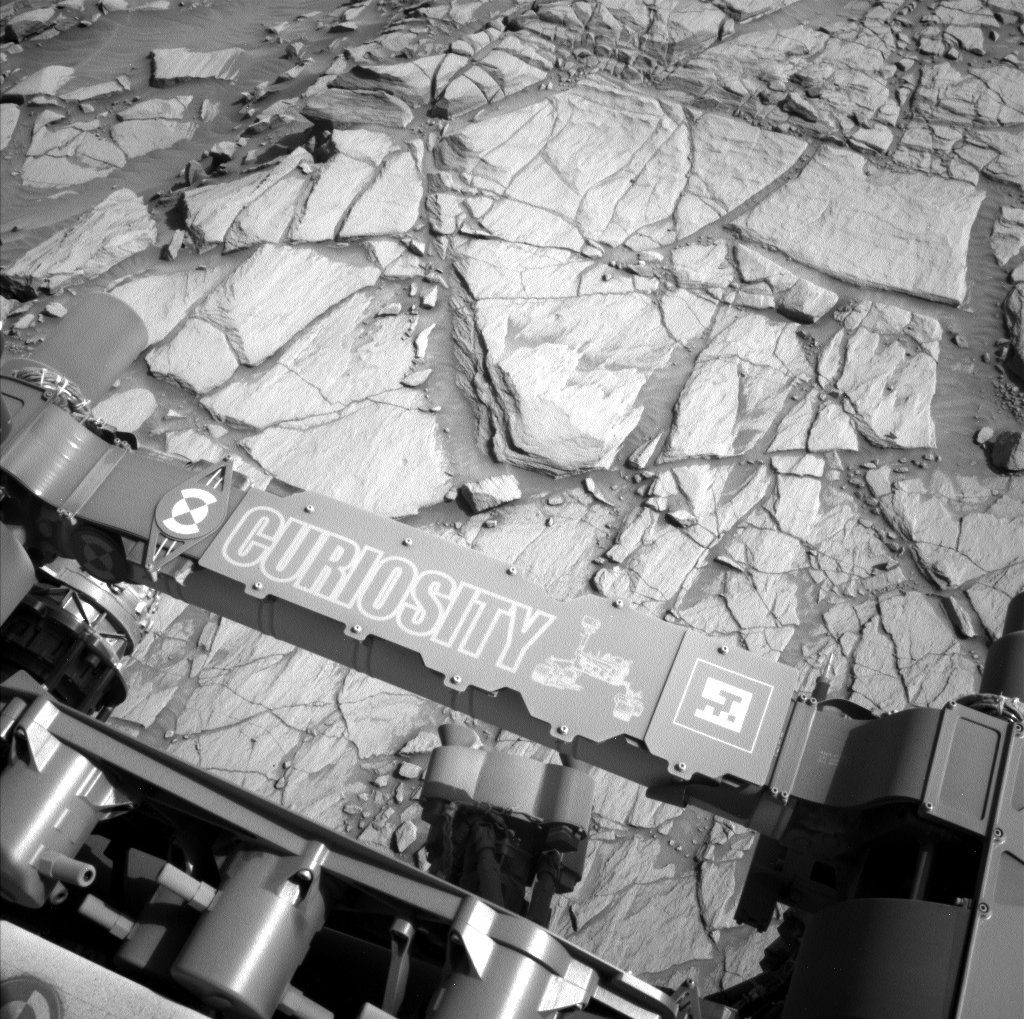2 min read

The Sol 2700 drive went well, setting the rover up for contact and remote science on exposures of the pediment-capping bedrock. Before the arm is deployed on Sol 2701, ChemCam will measure the elemental chemistry of the sides of a couple bedrock slabs dubbed "Strath Halladale" and "Glen Tanar."
The Right Mastcam will image both of the ChemCam targets, then the DRT will be used to brush off the top of another slab of bedrock at "Assynt Window." MAHLI will take seven images of the brushed spot and another three images of a nearby slab named "Glen Feshie." The APXS will be placed on Glen Feshie for an evening integration, then moved over to Assynt Window for an overnight integration.
The next morning (Sol 2702), the arm will be stowed to allow ChemCam to observe a different bedrock slab named "Beinn Fhada" and the side of a rock called "Shieldaig." After the Right Mastcam takes images of those targets, the rover will perform a short drive to get Beinn Fhada in the arm workspace, allowing detailed investigation of this slab (upper right) as a potential drill target. After the drive, the arm will be unstowed to allow unobstructed imaging of the arm workspace to support targeting for the weekend plan.
Finally, Navcam will search for clouds and MARDI will take a standard twilight image of a new patch of Mars' surface. If all goes well and pending analysis of these new data, the team may decide to acquire a new drill sample!
Written by Ken Herkenhoff, Planetary Geologist at USGS Astrogeology Science Center







